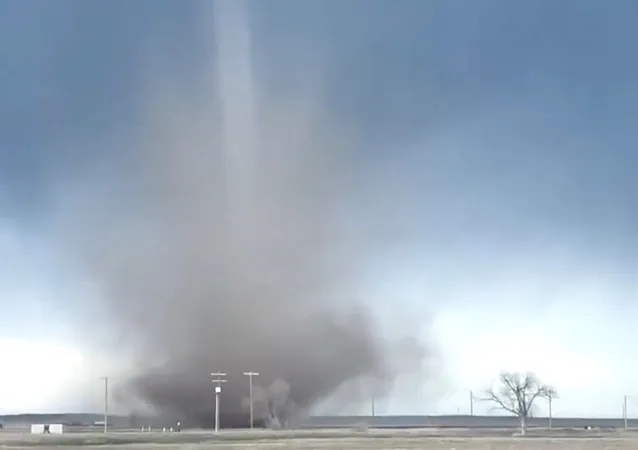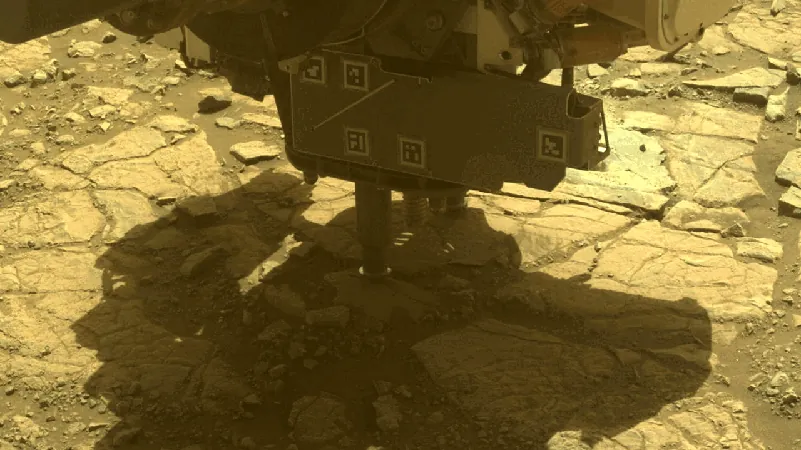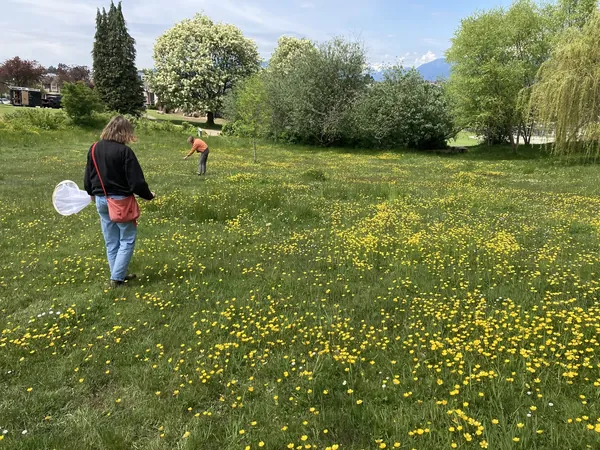
Canada Welcomes Its First Tornado of 2025: Here's What You Need to Know!
2025-04-13
Author: Amelia
Canada's Tornado Debut of 2025!
In an exciting development for weather enthusiasts, Canada experienced its very first confirmed tornado of the year on April 12, 2025 – and it took place in Alberta! As severe weather has been wreaking havoc just south of the border, it was only a matter of time before some of that energy drifted north as spring deepens.
The Twister Details
The tornado, classified as a landspout, was spotted near Rolling Hills around 5:20 PM MDT. While it was confirmed by Environment and Climate Change Canada (ECCC) shortly afterward, there were no reported damages, despite multiple eyewitness accounts and photos capturing the dramatic scene. This specific tornado has been rated EF-0.
According to ECCC, landspout tornadoes often form through weaker rotations beneath swiftly rising clouds or light thunderstorms. Though they aren't typically life-threatening, they can certainly cause havoc by uprooting trees or damaging roofs – an important reminder of nature’s unpredictability!
What Makes This Tornado Unique?
Interestingly, the conditions for this tornado didn’t involve a supercell, which is usually the breeding ground for the more menacing tornadoes. Instead, a mixture of cool air above and surface heating in Alberta set the perfect stage for this curious phenomenon.
Despite having low convective available potential energy (CAPE), typical for early-season tornado setups, the environment exhibited signs of landspout potential as the temperatures fluctuated dramatically with altitude. This tornado likely formed from a localized boundary or convergence zone, where the interactions created a visible funnel due to rapidly developing updrafts.
Understanding Landspouts vs. Supercell Tornadoes
So, what’s the difference between a landspout and a supercell tornado? Landspouts arise from points of convergence or outflow boundaries rather than the rotating supercells that often give birth to larger tornadoes. Typically rated EF-0 or EF-1, landspouts can still inflict damage, making them more dangerous than they might appear.
Imagine a swirling column of air at ground level – it looks harmless, but when enhanced by a powerful updraft forming above it, the airflow can tighten significantly. Think of a figure skater spinning faster as they pull their arms inward; a similar principle applies here!
What's Next for Canada's Tornado Count?
As Canada gears up for what could be a wild tornado season, all eyes are on the skies. With temperatures rising and severe weather patterns emerging, one can only wonder if any more tornadoes will make their presence known before the spring is out. Buckle up – it might be an eventful ride!









 Brasil (PT)
Brasil (PT)
 Canada (EN)
Canada (EN)
 Chile (ES)
Chile (ES)
 Česko (CS)
Česko (CS)
 대한민국 (KO)
대한민국 (KO)
 España (ES)
España (ES)
 France (FR)
France (FR)
 Hong Kong (EN)
Hong Kong (EN)
 Italia (IT)
Italia (IT)
 日本 (JA)
日本 (JA)
 Magyarország (HU)
Magyarország (HU)
 Norge (NO)
Norge (NO)
 Polska (PL)
Polska (PL)
 Schweiz (DE)
Schweiz (DE)
 Singapore (EN)
Singapore (EN)
 Sverige (SV)
Sverige (SV)
 Suomi (FI)
Suomi (FI)
 Türkiye (TR)
Türkiye (TR)
 الإمارات العربية المتحدة (AR)
الإمارات العربية المتحدة (AR)